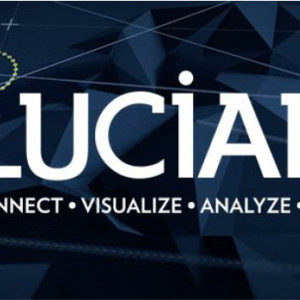 \
&
Contact us
\
&
Contact us
 \
&
Contact us
\
&
Contact us
During the new programme period, the European Research Area (ERA) will support a new phase in the development of the ERA and synergies with the European Higher Education Area, which may include a stronger focus on supporting the challenges identified in Pillar II, including missions and partnerships, to ensure that the strategic investments made there deliver maximum impact.
Opening the European Research Area to future challenges requires developing synergies with the European Higher Education Area in a complex landscape of universities and research organisations with a view to underpinning open science, innovative entrepreneurial practices, life-long-learning and upskilling talent and breaking down disciplinary and inter-sectoral barriers to match emerging business and societal needs.
Impacts will include better alignment of national reforms and increased programme level collaboration across Member States and Associated Countries, and will help increase the impact of both national and European investments in research and innovation. This will also support other research and innovation priorities including Open Science, citizens’ science, gender equality and other forms of diversity, improving international cooperation, ethics and integrity, and scientific input to other EU policies.

margot.beereboom@fwo.be
+32 2 550 15 76
Find the contact info on the site of WEWIS
The National Contact Points (NCPs) provide support, guidance, and practical information to potential applicants, helping them navigate funding opportunities and application processes.
The Programme Committee (PC) members represent their country in decision-making about the work programmes, evaluate implementation, and provide strategic input on priorities and calls.
Research Infrastructures Health Culture and society Security
In the context of simplification, the Commission has introduced the following substantial changes in the Standard Application Form (Version 5.0) for Horizon Europe Research & Innovation Actions (RIA) and Innovation Actions (IA) and Coordination and Support Actions (CSA): Simplified section 2.1 'Project's pathways towards impac... read more
MSCA Research Infrastructures Health Culture and society
On 11 December 2025, the European Commission has adopted the Horizon Europe Main Work Programme 2026-2027 and has published it on the EU Funding & Tenders Portal. The Work Programmes can be found under reference documents on the Funding & Tenders Portal.On the NCP Flanders website the published work programmes can be consulte... read more
MSCA Research Infrastructures Health Culture and society
The European Commission and/or its agencies organise info days on the 2026 call topics and these are often complemented by brokerage events, organised by National Contact Point (NCP) networks and/or the Enterprise Europe Network (EEN). These events provide opportunities to connect with potential collaboration partners. In addition, several pro... read more
MSCA Research Infrastructures Health Culture and society Security
Infosheets contain edited content on aspects related to this programme. They are reviewed at least yearly.
Related links are easy pointers towards external information. We curate the list, but are not liable for the destinations.
Documents contain additional information related to this programme, and are similar to related links.

Founded in 1999, Luciad serves clients in Europe, Asia and the Americas. Though it recently was acquired by Hexagon Geospatial, they kept an agile SME mindset. Thousands of end users work directly with Luciad’s geospatial applications, and major systems integrators (think Airbus Defense and Space, Lufthansa Systems, NATO, Thales…) incorporate its software in their own products.
NCP Flanders went to Leuven to interview Frederic Houbie, the Research Projects Manager at Luciad, about how he sees Horizon 2020. Luciad is a partner in the MARISA project, which is a collaborative RIA project submitted to an ICT call topic.